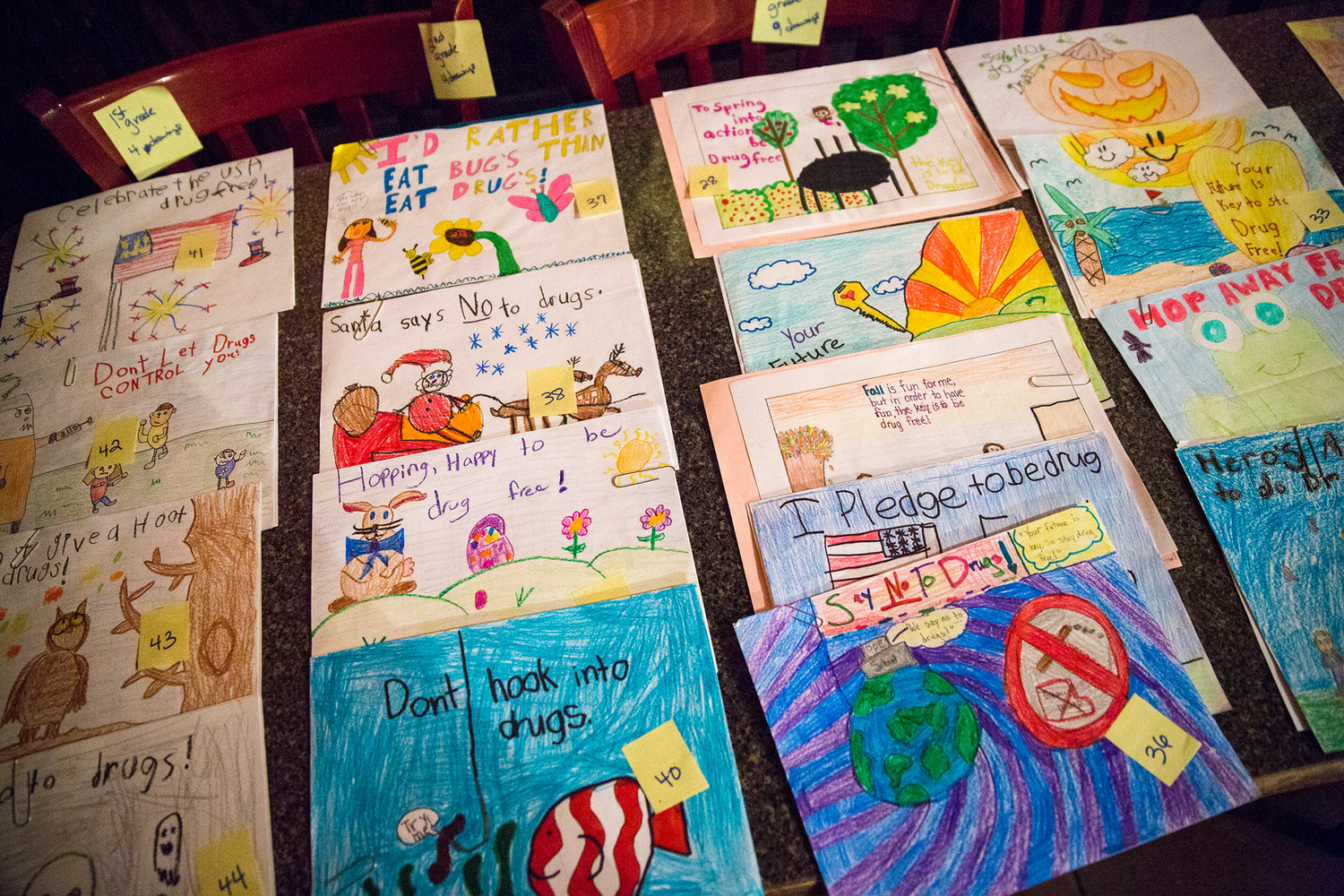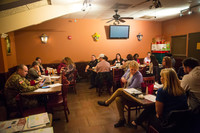Coalition puts finishing touches on Annual Drug-Free Calendar
ORANGE PARK – Every fall elementary-age students across Clay County grab paper and crayons in the fight against drugs in schools, doing what they can to help convince middle school and high school …
This item is available in full to subscribers.
Attention subscribers
To continue reading, you will need to either log in to your subscriber account, or purchase a new subscription.
If you are a current print subscriber, you can set up a free website account and connect your subscription to it by clicking here.
If you are a digital subscriber with an active, online-only subscription then you already have an account here. Just reset your password if you've not yet logged in to your account on this new site.
Otherwise, click here to view your options for subscribing.
Please log in to continueDon't have an ID?Print subscribersIf you're a print subscriber, but do not yet have an online account, click here to create one. Non-subscribersClick here to see your options for subscribing. Single day passYou also have the option of purchasing 24 hours of access, for $1.00. Click here to purchase a single day pass. |
Coalition puts finishing touches on Annual Drug-Free Calendar
ORANGE PARK – Every fall elementary-age students across Clay County grab paper and crayons in the fight against drugs in schools, doing what they can to help convince middle school and high school kids to stay drug free.
This year, the Clay Action Coalition received about 300 entries from students in first through sixth grade, representing almost every elementary school in the county for its annual drug-free calendar contest. Of those 300, 42 were chosen as finalists and brought to the January Coalition board meeting, where members voted to choose the 14 illustrations that will go into this year’s 17th annual Calendar for Drug Free Schools.
“Each year during Red Ribbon Week, we go to the schools and ask art classes to participate,” said Stephanie Geoghagan, CAC program coordinator. “The winners get a certificate of recognition and a monetary award.”
The awards are handed out at the May meeting of the Clay County School Board, with 14 students’ art being chosen to fill each month on the calendar, in addition to illustrations chosen for the front and inside covers. Since Drug Abuse Resistance Education was phased out of schools about three years ago, elementary schools aren’t receiving any drug resistance education. Some education programs continue in middle and high schools on a limited basis by Clay Behavioral Health, but there is not enough funding to provide the level of programming that D.A.R.E. had provided through designated school resource officers.
“The elementary schools aren’t getting it at all anymore,” said Donna Wethington, Coalition executive director “What we need is not all just drug education, but also teaching what happens when you put drugs in your body. Kids need to learn the health risks as well as just learning to respect the laws [that make drugs illegal.]”
Wethington said that since the cessation of state funded drug education programming, there has been a noticeable increase in drug use in middle schools and even elementary schools, with cases of sixth grade students in Clay County being caught smuggling marijuana in emptied-out highlighters.
With the CAC waiting on updated results from a student survey, they are expecting the numbers to have increased since the last survey was given in 2016. That survey showed Clay County students ages 10-17 were using prescription painkillers and stimulants at a higher percentage than the state average, averaging between 2 percent and 7 percent in that category. A category highlighted the stats deals with the 15-to-17-year-old age bracket where 7.2 percent of Clay students reported using prescription painkillers during their lifetime, which was well above the state average that hovers between 5-6 percent.
“We’ve seen a definite increase [in prescription drug abuse] because of ease of access,” Wethington said. “We have to get to the adults and teach them not to leave their meds sitting around the house.”
The Coalition is currently writing grants and appealing to the school district and sheriff’s office for advice on how to proceed and get more support for drug education and prevention lectures in elementary schools.











